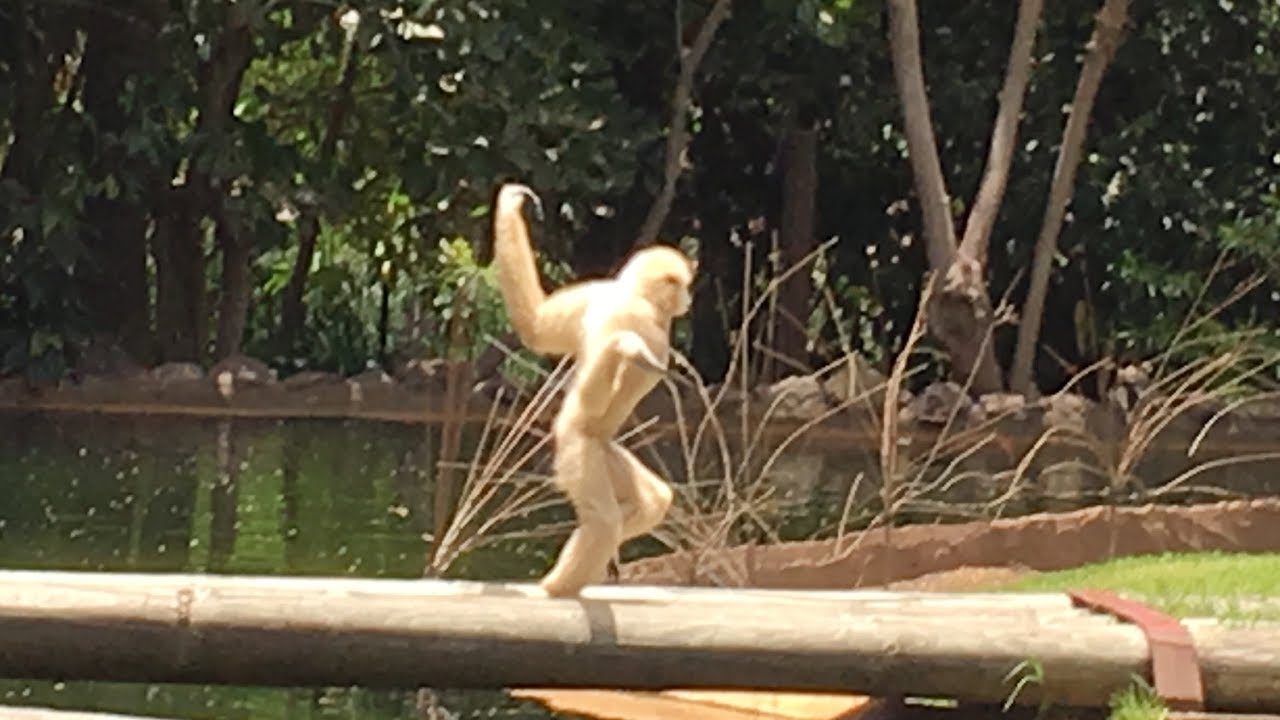The tail serves a variety of complex balance tasks in locomotion, turning, jumping, aerial balance, hanging, and most mammals have a tail, save for other examples, i.e. rabbits, pigs, capibaras, manx cats, seals and bats, lemmings and hamsters have mini tails.

All the previous large apes related to humans lost their tail millions of years ago. The reason why that occured are multiple and mixed. Multiple good explanations have been suggested.
Gibbons are some of our most monkey-like ape cousins. If you see how they move, they run on two legs rather than 4. Monkeys with tails are less adapted to walking and their pelvis is angled differently. https://www.youtube.com/watch?v=b9Pt2qgSqJw
Large animals with small tails, such as caribou, hippos, elephants, deer, seem to keep some kind of tail, however with chimpanzee type animals, once the tail became small it didn't stay on as a mini-tail. So would it make sense for chimpanzees/humans to have small tails like hippos or very long ones? If a chimp can run on 2 legs, that leaves it two hands to catch the tail of another competing chimp.


The big apes move differently to small apes: big apes live on the ground more, they don't run in trees as much, they move differently, they are larger, they have completely different body ratios for arm and leg size, and there have been a wide variety of propositions for hundreds of years on this topic without a particularly clear reason being accepted for which great apes don't have a tail.




